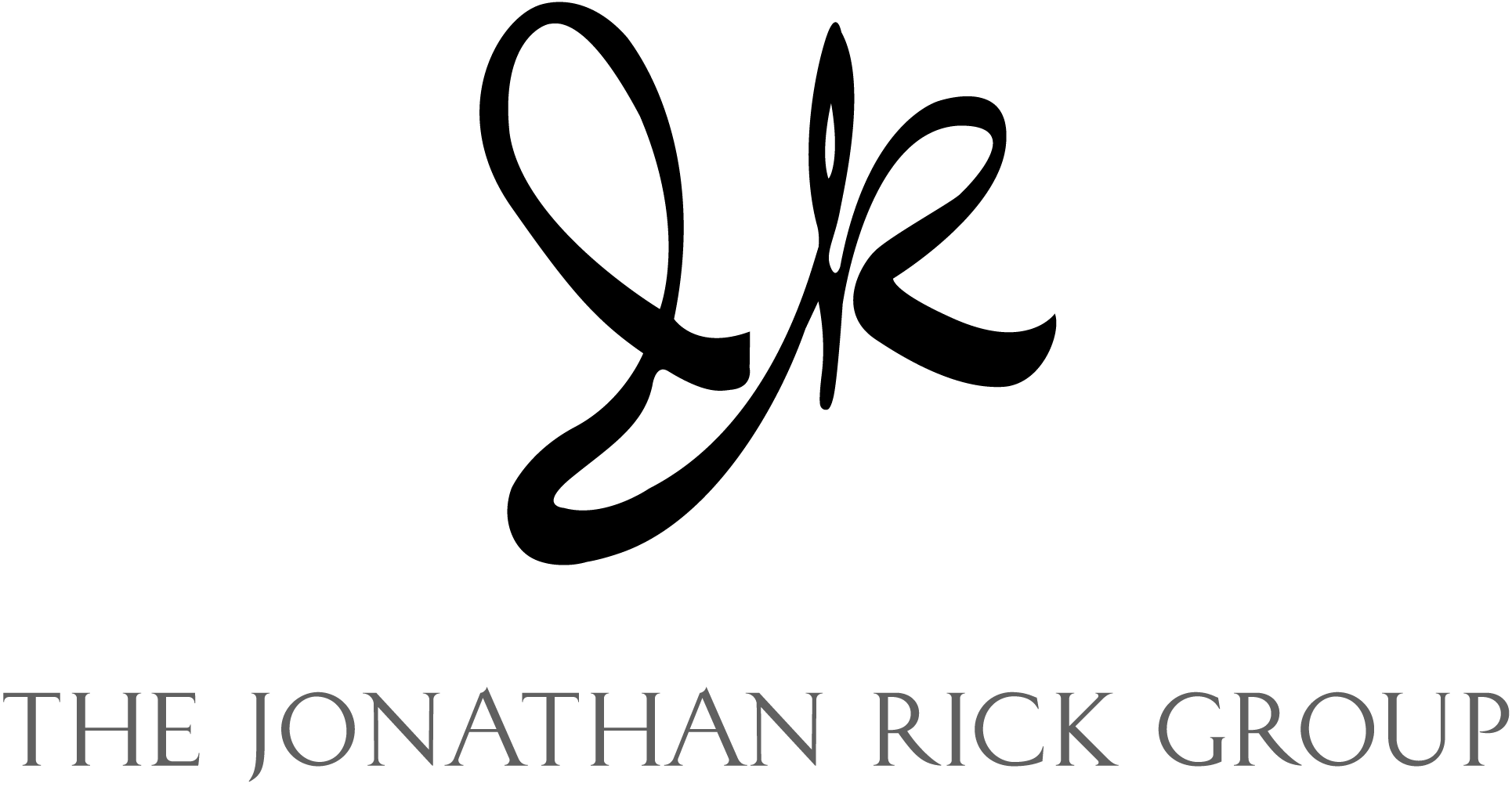Chris Abraham recently published a case study on the “art of writing the perfect blogger pitch.” There’s a lot to like here. For one, the time and thought Chris and his team devote to this esoterica are rare. For another, spilling your trade secrets takes guts.
And yet, for a purportedly “perfect” pitch, the Abraham Harrison technique, approach, and diction leave much to be desired. Here’s why (in web-friendly fashion, via a list with headings).
1. Spam
In a classic act of burying the lead, Chris notes, “We reach out cold to upwards of 5,000 bloggers at a time.” This is perhaps the most disappointing aspect of Chris’s technique. After all, anyone can subscribe to a database such as Vocus or Cision, select key audiences and areas, compile a media list, and blast out a pitch. Industry insiders call this the “spray and pray” technique. Others know it as a form letter. The bottom line: it’s spam.
By contrast, another technique is to craft individual messages to specific bloggers. Take it away, Lisa Barone:“You know you’re sending the same e-mail to 20 people. I know you’re sending the same e-mail to 20 people. But sometimes you gotta fake it to make me feel special and pretty … Woo me … Talk about how you grew up in the same hometown (only if you really did). Comment on a post I wrote that gave you a bad case of the giggles, or how you think my Twitter feed should come with an NC-17 rating … I’ll be a lot more receptive once you’ve” connected with me personally.
2. WITFM
The best PR makes it appear as if you’re doing a favor for the person you’re pitching, letting him in on something important and intriguing. By contrast, Chris makes it clear that he’s the one requesting a favor: “If you are able to post about this issue in any form, it would really help spread the message of homelessness in its many diverse forms and maybe suggest ways to help improve many lives.”
Leave the guilt trips for Willy Loman. Instead, demonstrate the WITFM—“what’s in it for me?” To wit, don’t tell me why homelessness matters; tell me why my readers will care about it.
3. Subject Line
Everyone agrees that your subject line is critical, so it’s surprising that Chris’s—“November Is National Homelessness Month”—is so boring. (As a colleague puts it, “It’s about as ‘perfect’ as an event notice whose headline reads, ‘Mark Your Calendars.’”)
To be sure, Chris seems to think this is a virtue; he explains, “We want [our subject lines] to be as neutral and as informational as possible. Teasing or tricking a blogger into opening [the e-mail] by being cute, mysterious, or clever … has almost always blown up in our faces.”
This is myopic: you need not sacrifice cleverness to be straightforward. While “Help Feed Homeless Children!” may be exploitative, a line like “What Are You Doing for National Homelessness Month?” is catchy without being too cute.
4. Intro
Chris refers to his opening paragraph as “poetry,” labored over by a team of three. But again, his copy is a snooze-fest:
“November is National Homelessness Month and I’m reaching out to you to discuss the issue of homelessness in America. I’m also hoping that you’ll discuss this issue with the readers of <<Blog Name>>. I am a volunteer at a small kitchen for the homeless in DC and while working there it occurred to me that this issue affects every town, village, and city in America.
This is the best a powerhouse like Abraham Harrison can do? Sure, it’s clear, but it’s nothing special, and it’s hardly inspiring. Indeed, not only does it lack cadence and cohesion; it also lacks commas.
5. Astroturfing
For each campaign, Chris creates a new e-mail address with its own domain. In this case, he’s using cjabraham@MiriamsKitchenNews.
a. Let’s give Chris the benefit of the doubt and assume that “bloggers don’t trust PR firms.” This is why his signature says “on behalf of Miriam’s Kitchen,” rather than Abraham Harrison. Yet there’s no getting around the fact that masking your employer is deceptive.
By contrast, consider the total-transparency approach taken by New Media Strategies: when its employees do something as simple as retweet something from a client, they’re required to use the hash tag “#client.” Ultimately, shying away from full disclosure only gives the PR industry a bad rep.
b. Given a limited budget and limited time, creating and managing a new e-mail address domain is a poor allocation of resources.
c. In this case, Abraham Harrison created an entire microsite at http://MiriamsKitchenNews.org. But, again, most campaigns can’t afford this expenditure, so what happens then? Do you leave MiriamsKitchenNews.org empty? Do you redirect it to your own firm’s site? Do you throw up a simple landing page that repurposes your pitch e-mail?
d. What happens if, six months from now, someone you contacted replies? (We’ve all received one of these e-mails.) If you’re not still checking cjabraham@miriamskitchennews.org, does the sender get a bounce-back or an auto-reply? Or nothing? If you are still checking cjabraham@miriamskitchennews.org, given that you’re creating a new address for each campaign, I envy your endurance in monitoring what must be dozens of addresses. And to complicate matters further, what do you do with these addresses when your contract with the given client expires?
6. URLs
Chris deliberately omits the “http://” prefix in links; he says that e-mail clients will auto-activate incomplete URLs. While Gmail is sophisticated enough to do this, many other e-mail clients are not. This inability is especially damaging when a message arrives in plain text, which is the only form Chris sends.
Not many people will gladly share 3,000 words on the subject of e-mail communications. For that, Chris deserves gratitude and respect.
He also offers important insights, especially the one that a good pitch will spark a conversation. In that spirit, he’s agreed to respond to my critique.
So, Chris, over to you. How can two pros who’ve been working with bloggers for so long reach such divergent conclusion?
Enjoy this post? There’s more where this came from on Twitter, where I challenge sacred cows 140 characters at a time @jrick.
A version of this blog post appeared on the Future Buzz on January 17, 2012.




